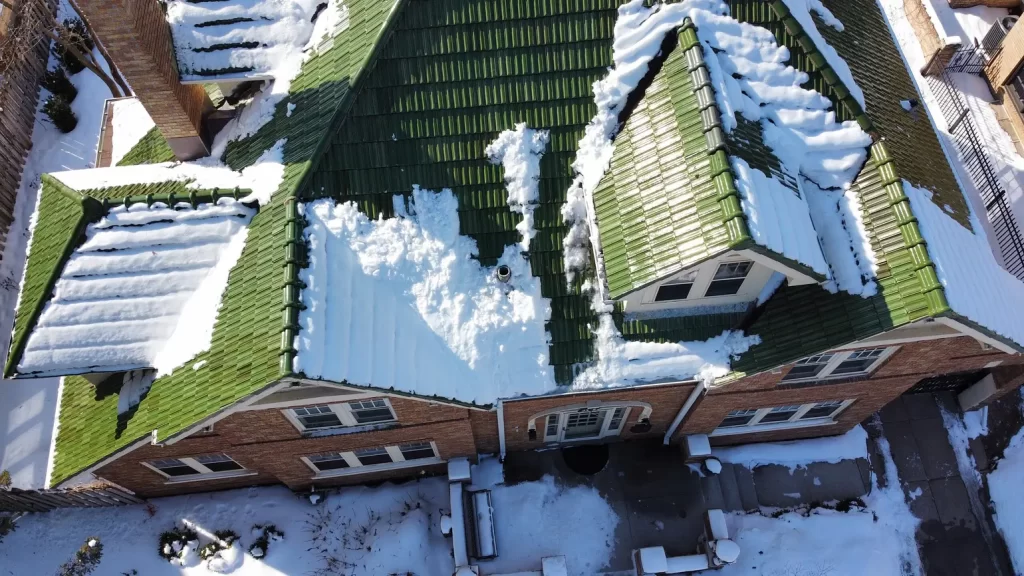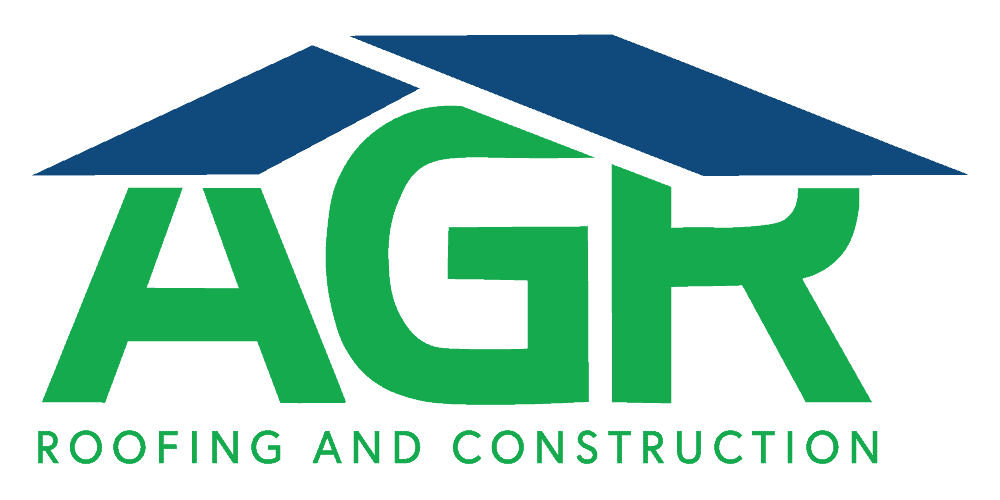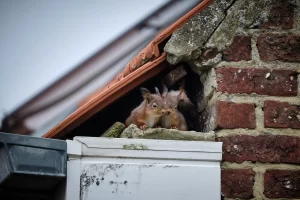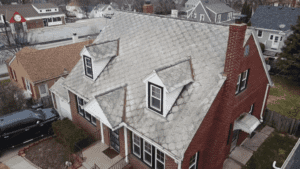During the winter, Mother Nature can take a greater toll on your roof. With the weather already being one of the greatest risks to your Omaha roofing system, the cold winter months can diminish the condition of even the most well-constructed roofs. To maintain the condition of your roof for the long-haul, it’s important to recognize and prepare for the many risks to your roof.
Here, we’ll discuss three key dangers that your roof is likely to face this winter. Remember that you can best protect your roof by having damage promptly addressed with Omaha roof repairs.

Ice
One of the main winter dangers to your Omaha roof is ice. When the temperatures are below freezing, precipitation or moisture of any kind may freeze on your roof. This can lead to one of two roof issues: ice dams and icicles.
Ice Dams
If ice thaws in the center of your roof, melts, flows to the edge of your roof, then re-freezes due to inconsistent surface temperatures, an ice dam forms. An ice dam is a ridge of ice that sits at the edge of your roof and potentially over your gutters. Water can start to accumulate behind an ice dam after it forms, forcing excess moisture to sit on the surface of your roof. Over time, the moisture will cause your roofing materials to start to deteriorate and may even cause a roof leak. When ice thaws, melts, and refreezes, it largely increases your risk for a roof leak. This is because the water can seep into the layers of your roof, then expand when it freezes and thaws.
While ice dams can’t be entirely prevented, you can reduce your risk with sufficient insulation, as well as proper ventilation in your attic. Insulation and ventilation will help prevent uneven surface temperatures on your roof, which can lead to ice dams in the winter here in Omaha.

Icicles
When below-freezing temperatures and sunshine meet, icicles can result. Icicles are beautiful, but also a big risk to anyone around your home. Your pets may also be at risk for injury due to falling icicles. We know that the wellbeing of your loved ones is of the utmost importance, so it’s crucial to look out for icicles each winter.
Additionally, icicles can damage your roof and gutters. Similarly to ice dams, icicles can trap moisture on your roof, leading to water damage. If excess moisture sits on your roof for an extended period, your roofing materials could start to deteriorate and a leak may develop.
Icicles often form as a result of a clogged gutter system. So, by maintaining your gutters and ensuring that debris (including pine needles and leaves) doesn’t build up, you can reduce the possibility of icicle formation on your roof. We’d recommend completing gutter maintenance during the warm spring and summer months so that you’re good to go for the winter.
Wind
The wind can pick up during the winter here in Omaha, especially if there is a major storm. High winds can have enough force to impact your roofing materials – especially shingles. Wind may lift up and loosen shingles, especially asphalt and wood shake shingles. Shingles may break or tear off of your roof in high winds. You can check around the perimeter of your home after a storm for broken shingles to identify roof damage. If you do find broken shingles, call your Omaha roof repair experts ASAP to fix the damage and protect the longevity of your roof.
High winds can also damage your roof’s flashing. The flashing is the protective metal located around the roof edges, corners, ridges, chimney, and skylight. In a severe storm, the flashing may detach from your roof and reduce its durability.
Condensation
Condensation can form when your roof retains cold temperatures and the outdoor air warms up. While this may seem like a minor concern, condensation can lead to mold formation not only in your roofing system, but also throughout your home if the issue is left unaddressed. Attic ventilation will help reduce your risk for damaging condensation during the winter months. Additionally, ventilation will prolong the lifespan of your entire roofing system.
Contact AGR Roofing and Construction today to learn more about winter roof protection strategies.





